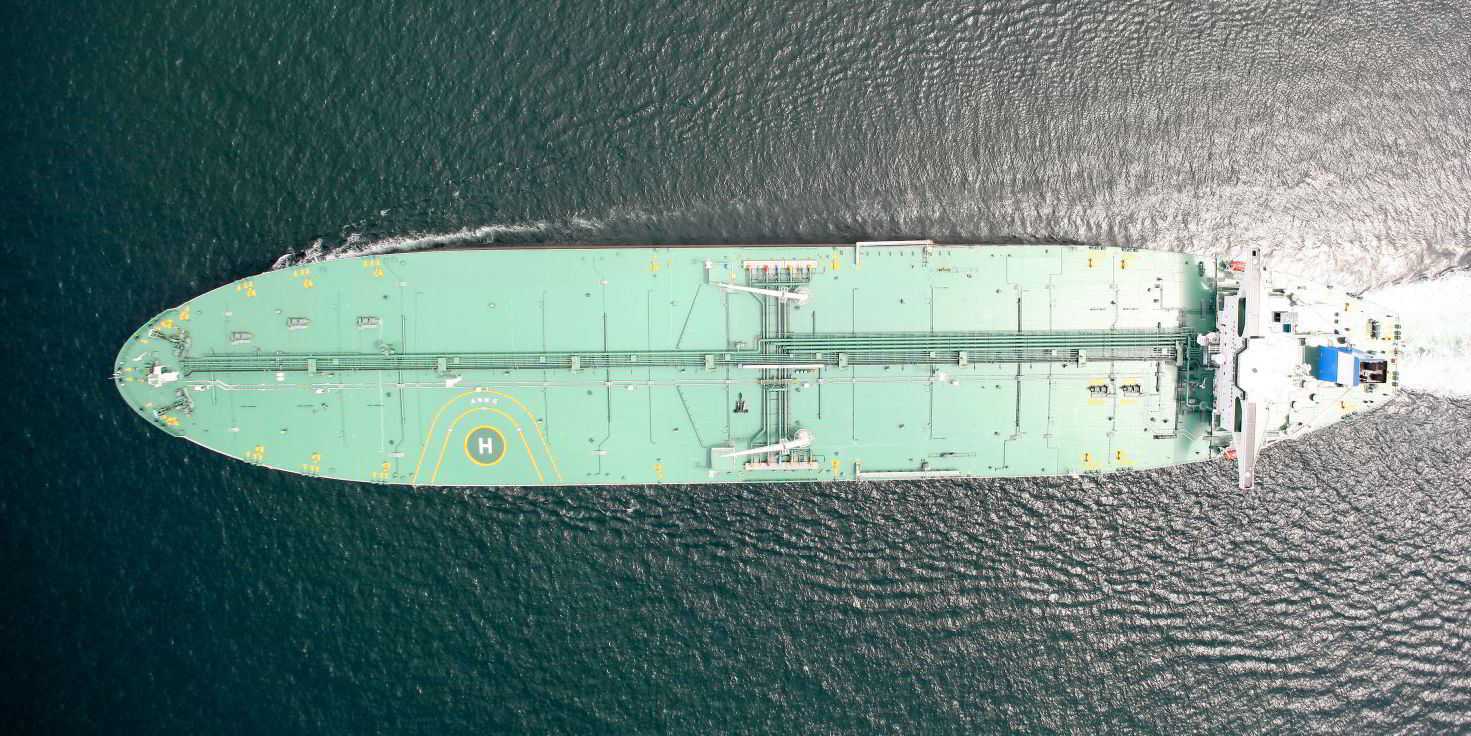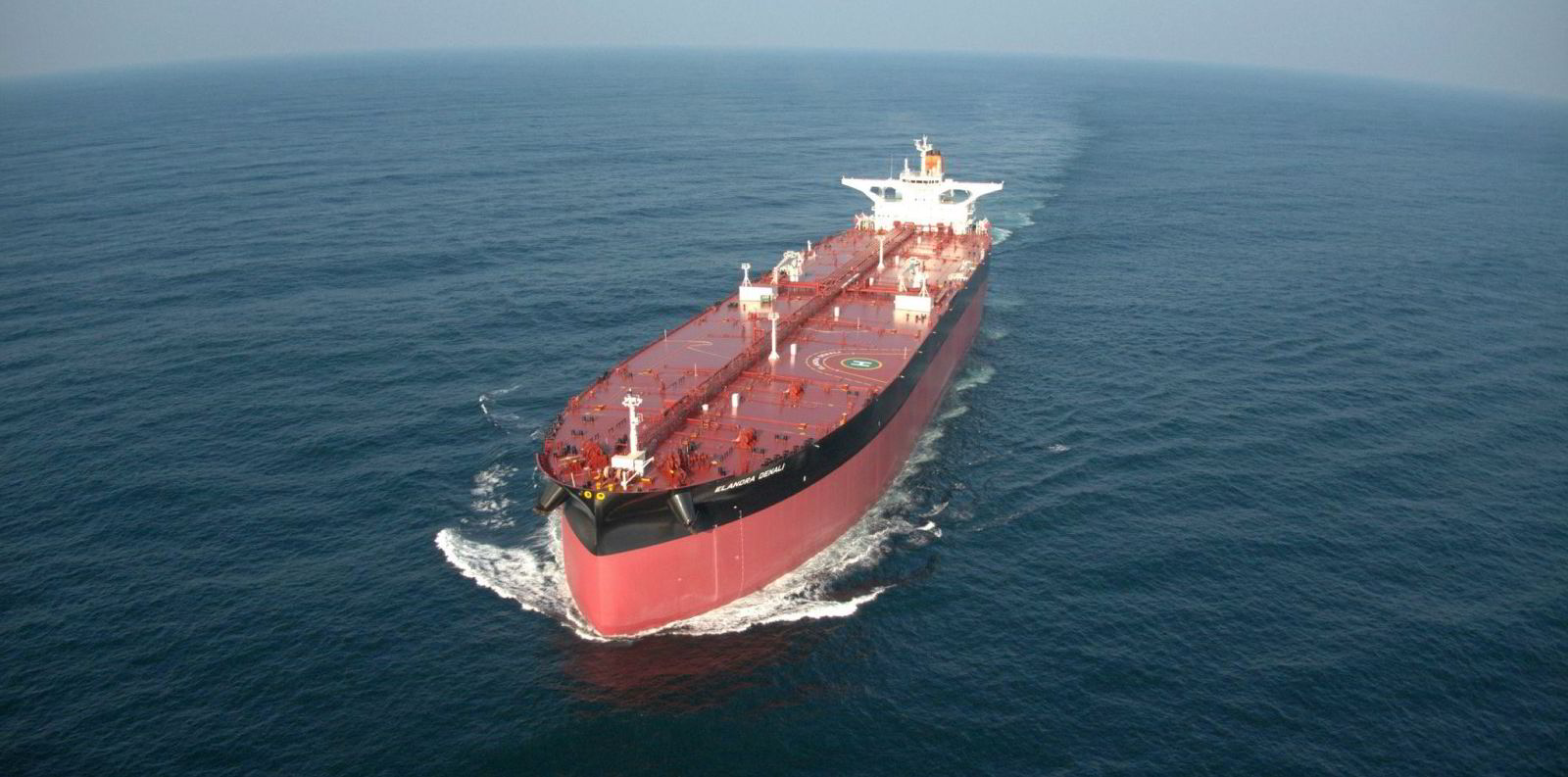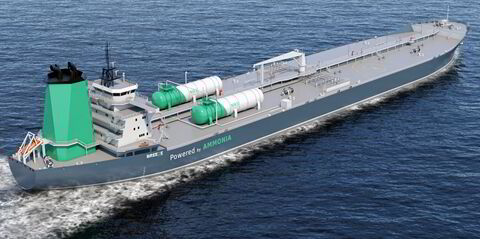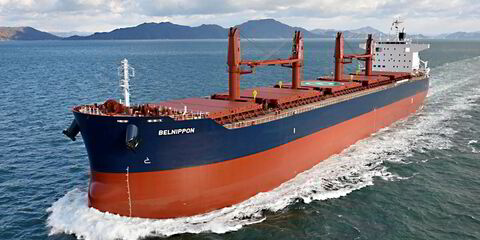Earnings for VLCCs are fast moving towards $100,000 per day, with one prominent shipping investor describing rates as being “on fire”.
An active Middle East Gulf and good demand in the Atlantic, against a tight tonnage list, is enabling shipowners to demand ever higher rates, according to Gersemi Asset Management founder and chief executive Joakim Hannisdahl.
“TD3C (Ras Tanura/Ningbo) is now $93,000 per day versus generic cash breakeven of around $39,000 per day, means green pastures for the Very Large Cash Cows,” he said in a social media post.
Clarksons Securities said the high demand for vessels is being fuelled by Chinese oil traders and refineries, which are capitalising on the country’s rising oil consumption.
“According to brokers, all sectors are experiencing high activity levels, with ample cargo and a dwindling tonnage list as a result of recent long-haul voyages,” analysts led by Frode Morkedal said.
“Furthermore, loading dates for April cargo from Middle Eastern producers are just around the corner, which is expected to maintain the region’s high activity level.
“In our opinion, it won’t be long until VLCC earnings surpass $100,000 a day, as they did in November of last year,” the analysts added.
Daniel Hynes, senior commodity strategist at ANZ Bank, said in a note that the cost of shipping is surging, compounded by the effect of ships sailing thousands of miles further due to sanctions on Russia as well as signs of stronger demand in China.
“Nevertheless, the VLCC rate for crude from Middle East to China has rallied more than 200% since the start of February,” he said.
About 1.2bn barrels of crude oil were on the water last week, a record for this time of the year, according to Kpler.
VLCC pool operator Tankers International said earlier this week that the latest estimates for China’s oil demand in 2023 peg growth levels at close to 6% on the back of the continued easing of Covid measures and economic recovery.
“We have seen a recent surge in infection rates in China and a temporary decline in demand.
“Yet, expectations are that this will be managed, and that demand will resume its growth trajectory from the second quarter,” it said.
“We are, therefore, optimistic that China will continue to provide strong support to the VLCC market throughout the year.
“We already count 120 global VLCC liftings destined for China in January and February, with about 60% emanating from the Arabian Gulf and the remaining from the Atlantic basin.
“The great benefit to the VLCC market will come from the continuous pull of crude from the Atlantic basin, which comes with extra-long tonne-miles,” it added.





